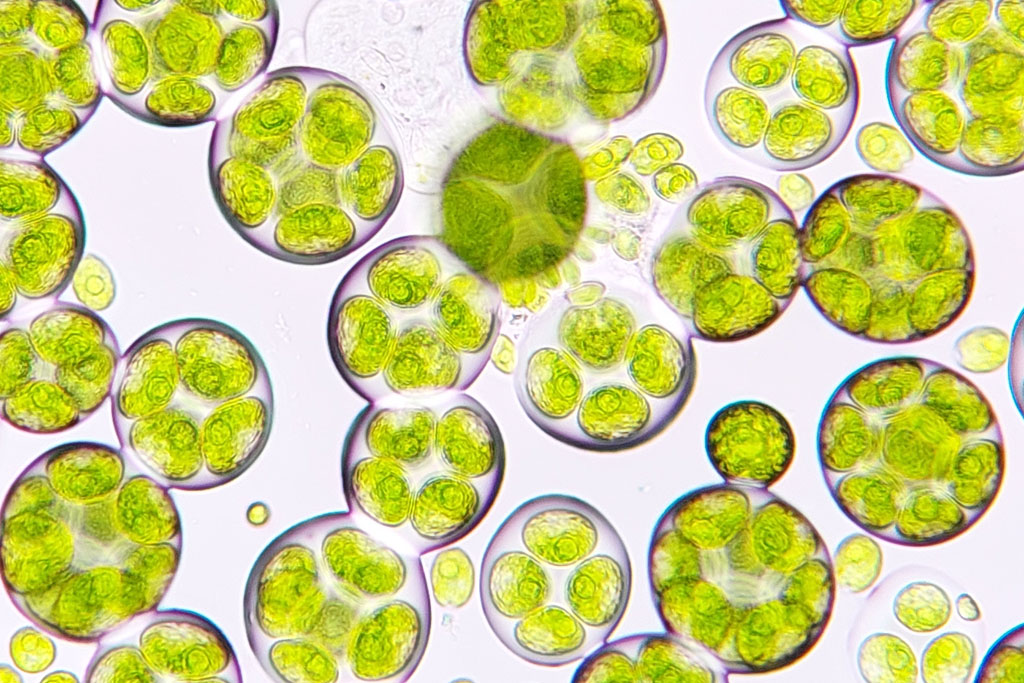We probably all learned in school that plants and algae are essential for all living things; they are the base of the “food web” and create oxygen for oxygen-consuming creatures. This is true, but excessive algae growth, often called an algae bloom, can negatively affect a lake’s ecosystem and surroundings. Here are some reasons why too much algae can be detrimental:
- Oxygen Depletion:
Algae blooms can lead to rapid growth and reproduction of algae, especially when conditions like warm temperatures and nutrient-rich water are present. As algae die and decompose, bacteria break down the organic matter, consuming oxygen. If oxygen levels fall too low, fish and other aquatic organisms are put at risk. In severe cases, oxygen depletion can cause fish kills.
- Water Quality Degradation:
Algae blooms can degrade water quality by releasing toxins and other compounds harmful to humans, animals, and the environment. Some types of algae produce toxins known as cyanotoxins, which can cause health problems if ingested or inhaled. Additionally, decaying algae can create foul odors and taste, making the water unsuitable for drinking, swimming, or other recreational activities.
- Eutrophication:
Excessive algae growth is often a symptom of eutrophication, a process where a body of water becomes overly enriched with nutrients, particularly nitrogen and phosphorus. These nutrients come from agricultural runoff, wastewater discharge, and fertilizer use. Eutrophication can lead to imbalances in the lake ecosystem, favoring the growth of algae over other aquatic plants and disrupting the food web.
- Habitat Degradation:
Algae blooms can smother and outcompete native aquatic plants, reducing biodiversity and altering habitat structure. This can negatively impact fish, invertebrates, and other organisms that depend on aquatic vegetation for food, shelter, and breeding grounds. Declines in native species can have cascading effects throughout the ecosystem.
- Economic Impact:
Algae blooms can have financial consequences for communities dependent on the lake for tourism, recreation, fishing, and other activities. Algae-infested water may deter visitors, decreasing revenue for local businesses and authorities. The costs associated with managing and mitigating algae blooms can also be substantial.
Treatment methods for lake algae may include algaecides, nutrient management strategies, aeration, biological controls, and manual harvesting. It’s essential to consider the lake’s specific characteristics and consult with experts to determine the most effective and environmentally responsible approach to algae management. Regardless of approach, it is important to start managing your algae issue early in the season before it grows out of control.
If algaecide is used to control algae, starting in April and treating every two weeks into October may be required to prevent the detrimental effects of excess algae. Planning and starting early in the season are critical to controlling your algae situation.
Too much algae in a lake can disrupt the ecological balance, degrade water quality, harm aquatic life, and impact human activities. Therefore, it is essential to monitor and manage algae levels to prevent excessive growth and maintain the health of the lake ecosystem.




